The yoga posture known as Shoulder Stand or Sarvangasana involves supporting one’s entire weight on one’s shoulders. Sarvangasana is a full-body asana that improves balance, posture, and calmness by engaging many different muscle groups.
What does Sarvangasana Mean?
The Sanskrit words ‘sarv’ meaning ‘everything’), ‘anga’ (which means ‘physical portion’), and ‘asana’ (which means ‘position’) are used interchangeably, meaning the posture for all parts of the body. The shoulder stand is another name for this exercise.
What Does Sarvangasana Do?
This asana engages the entire body as you lie on your back with your legs bent at a right angle to your torso. You lift your hips off the ground with the help of your hands and rest your entire weight on your shoulders.
Begin with Halasana and work your way up to the more advanced Sarvangasana. To assume the plough stance, lie on your back and pull your legs up above your head, bending them almost all the way. This will set you up for success in Sarvangasana by providing the momentum necessary to fully stretch out your leg and hip muscles.
How To Do Sarvangasana Pose?
After a few weeks of practice, you should be able to do the full Sarvangasana yoga stance.
Instructions for the yoga shoulder-stand pose, or Sarvangasana.
The detailed instructions for performing Sarvangasana are provided here. Please remember that you must maintain your body quiet and steady to accomplish this particular yoga asana.
Points to Remember Before You Attempt Sarvangasana
- The steps of Sarvangasana should be done without hesitation. When practicing abdominal breathing,
- Keep your body in a straight line and your equilibrium intact. Ardha-Sarvangasana is the starting pose.
Process of Achieving Ardh Sarvangasana
- Lie flat on the mat with your feet together and your hands beside your torso. Try to quiet your mind, loosen up your muscles, and take deep, full breaths.
- As you let your breath out, bring your feet in toward your hips and curl your legs into your thighs.
- Raise the lower body vertically (fingers under the hips, thumbs above) with a moderate pull of the abdominal muscles and the support of the hands.
- In the ultimate posture, your whole weight should be supported by your palms, elbows, neck, and the back of your head. Inhale for the first time as you finish the above in 4 seconds and release.
- Hold this position for as long as you feel is comfortable, but no longer than two minutes, making sure to breathe normally and gently throughout.
- To come back to starting posture, inhale and slowly lower hips to mat while holding on to hands.
- You can get back to square one by letting go of the hands behind your back.
- Breathe deeply for a few seconds, then calm down and return to your normal breathing pattern.
Also Read: Chakra Asana And Its Benefits
Follow these instructions for Sarvangasana once you have mastered Ardha-Sarvangasana.
- As you let your breath out, lift your legs till they make a 90° angle with your torso. Maintain a straight stance with your legs and body unaffected above the hip joint.
- Raise your arms overhead and grab your waist, then push your body as high as you can while still inhaling. Raise your legs off the ground and place all of your weight on your arms.
- Once this position is comfortable, you should make a conscious effort to bring your hands closer to your waist so that your fingers are resting on the back of your hip bones and your thumbs are gently pressing on either side of your navel.
- Set the chin in the jugular notch and rest the entire weight of the head on the shoulders, neck, and back (final position). Inhale for the first time as you finish the above in 4 seconds and release.
- Hold this position for as long as you feel is comfortable, but no longer than two minutes, making sure to breathe normally and gently throughout.
- In 4 seconds while exhaling, return to the starting position by bending the knees and lowering the hips to the mat, supported by the hands.
- You can get back to square one by letting go of the hands behind your back.
- Breathe deeply for a few seconds, then calm down and return to your normal breathing pattern.
Guidelines for Safety in Sarvangasana, a Yoga Asana
- When attempting Sarvangasana, it’s crucial to observe a few safety measures.
- This is a vulnerable stance that calls for particular caution to prevent injury or amusement. This activity must be performed for at least 20 seconds. It’s best to work up to the full expression of this position gradually over the course of several days of practice.
- Be careful not to strain or jerk into any head-low poses.
- Exercising for no less than 20 seconds and no more than 5 minutes at a time is recommended.
- It’s wise to work up to the full pose gradually over the course of a few weeks of practice.
- Intense gymnastics can generate an abnormal increase in blood flow to the brain, which can have detrimental effects if performed immediately after assuming a head-low stance.
- If you try to execute asana on your own without instruction or in a hurry, you can end up dizzy, in pain, or with dilated blood vessels in your head because you’re putting too much strain on your heart, lungs, and brain.
- Hypertension, heart illness, pregnancy, respiratory ailments, extreme myopia, glaucoma, and retinal detachment are all contraindications.
Also Read: How to do Ushtrasana: Steps and Benefits
What are the Benefits of Sarvangasana?
- Cures Hypertension
- Helps with thyroid regulation
- Parathyroid Health Is Improved
- Improves Cognitive Performance.
- Ovarian insufficiency is alleviated in these women.
- It also helps with period regulation.
- Delivery’s negative effects on health can be reversed with this treatment.
- Pregnancy-related varicose veins are alleviated.
- This position is helpful for treating erectile dysfunction and erection problems in men.
- Regular practice of Sarvangasana may help in the long-term management of body weight.
- The extra stomach skin can be reduced, abdominal muscles toned, and core strength increased with regular shoulder stands.
- Immunity is boosted with Sarvangasana.
- It also helps maintain harmony within the body’s circulatory, digestive, reproductive, and nervous systems.
- The pressure in the anus (piles) is relieved and hemorrhoids are cured.
- Migraine and headache relief is another benefit.
Conclusion
Sarvangasana’s method may seem complicated at first, but with time and effort, you’ll get the hang of it. At India Yoga School our yoga instructors can get you to master this asana and help you realize all of its health benefits that become available to a practitioner of sarvangasana. Many physical and mental advantages can be gained from practicing sarvangasana, contact us to know more about it.

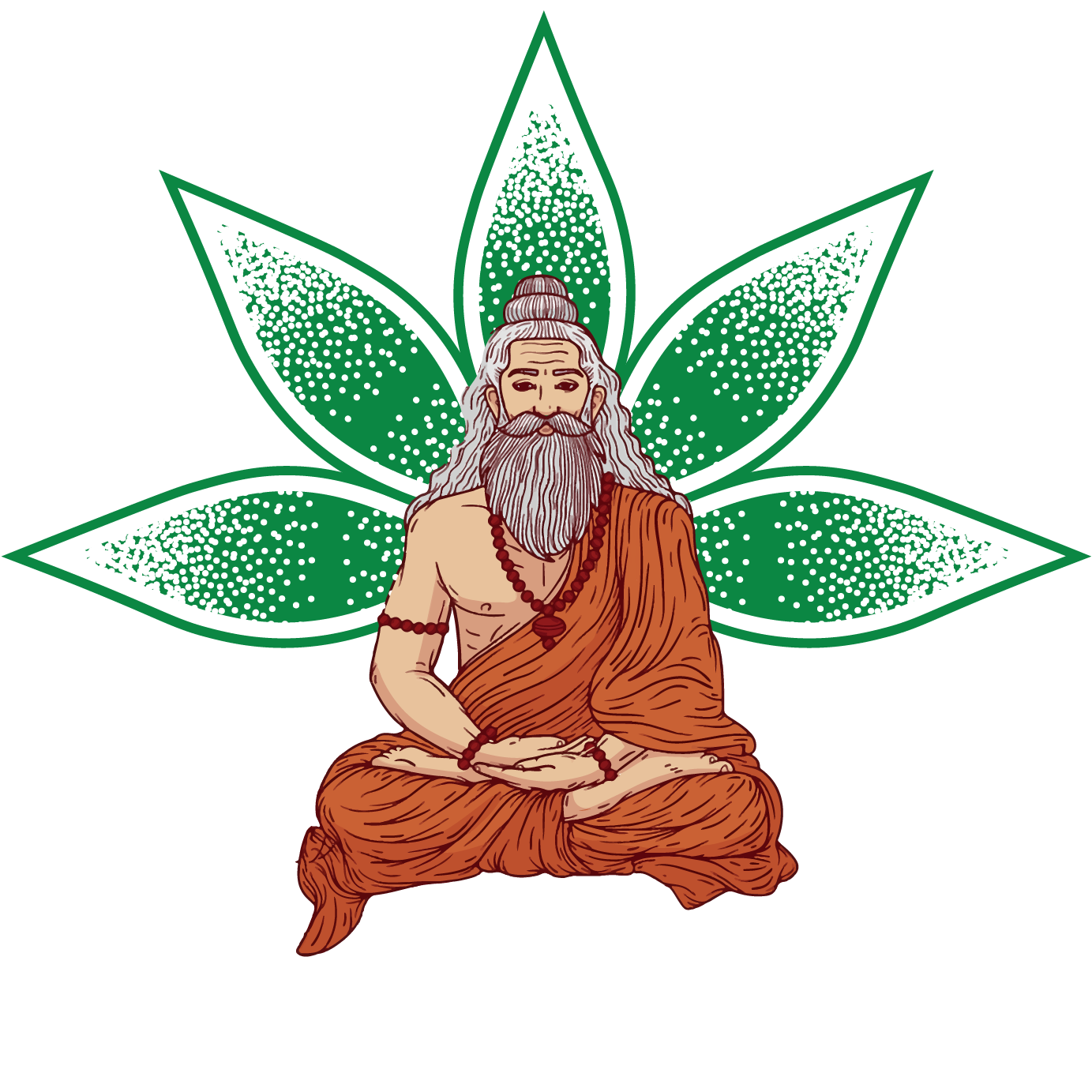
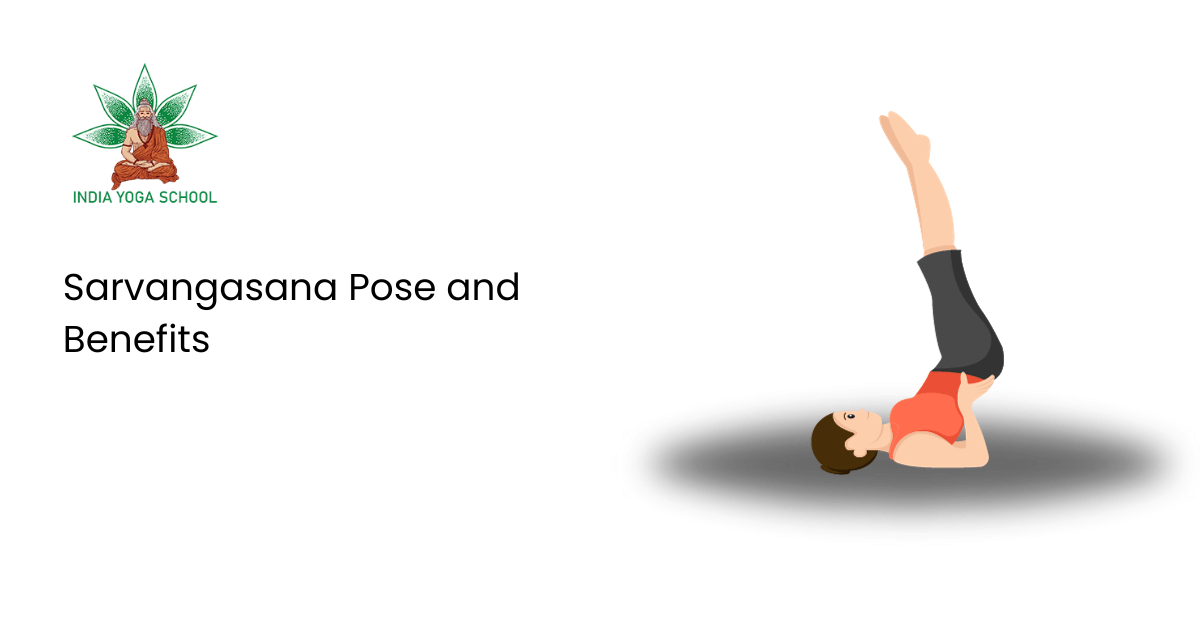
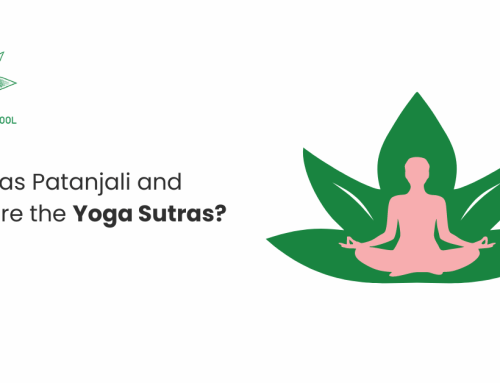
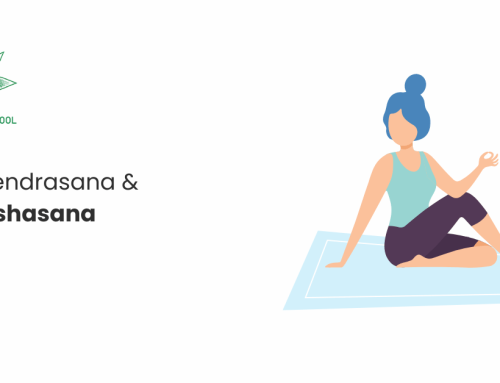
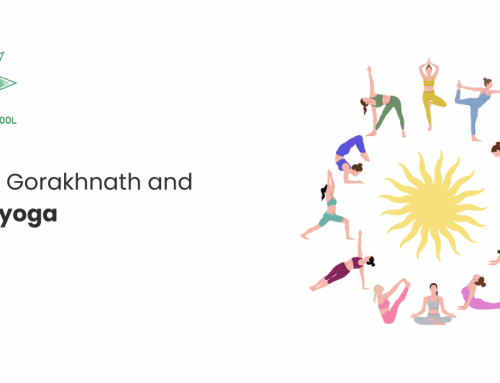
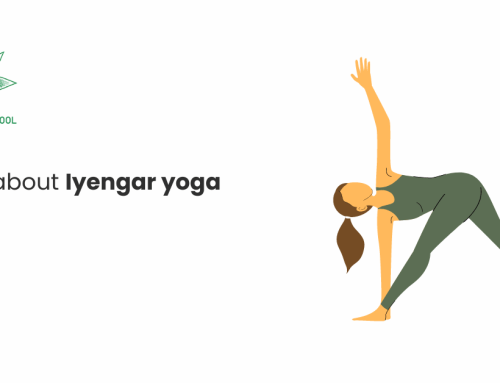
Leave A Comment